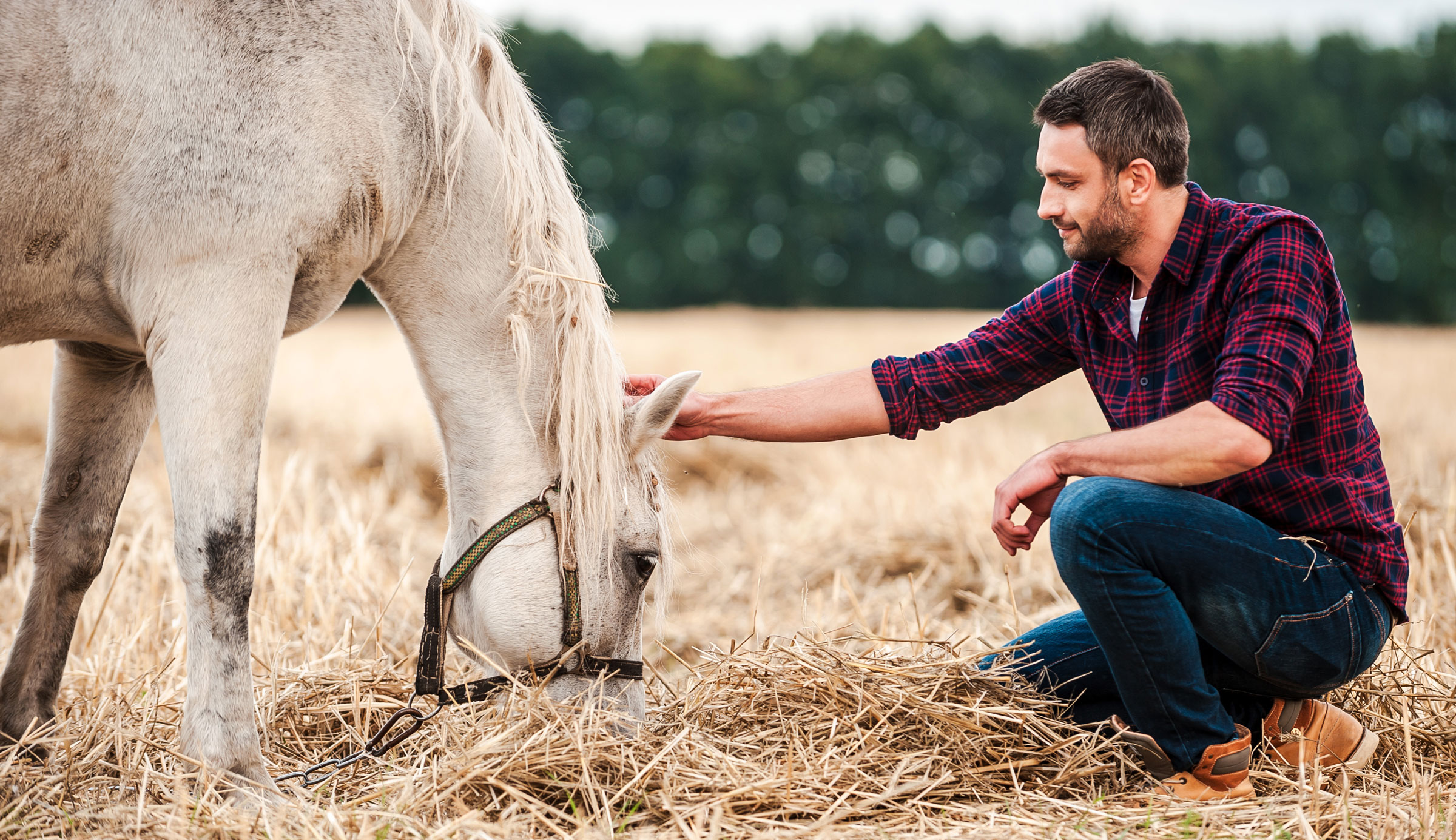
Questions about carbohydrates have begun to multiply faster than rabbits. As an equine community, we’ve become skeptics about carbs in our horses’ diets. It’s become common to hear the phrase, “I want a low-carbohydrate feed for my horse.” One of the most prominent potential reasons for wanting a low-carbohydrate horse feed is a sensitivity to so-called carbohydrate diseases. In part one of this two part series on “Nutritional Diseases to Watch Out For,” we’ll be taking an in-depth look into what carbohydrates really are and what type of potentially-related diseases we should be aware of.
Are Carbs the Enemy?
As a whole, carbohydrates have been given a bad name in recent years. But before we declare death to all carbs, let’s take a moment to understand what carbohydrates really are. While we tend to sort all carbs into a single group, they can actually be roughly divided into two groups: Structural and Non-structural.
Structural carbohydrates (also called fiber) are the Good Witch of the West. Fibrous carbohydrates are resistant to enzyme digestion in the small intestine and must be fermented by bacteria in a horse’s large intestine. Bacterial fermentation of fiber produces something called volatile fatty acids (VFAs). VFAs travel to the horse’s liver and are converted to energy substrates. This process is essential for their normal gut function.
On the other hand, there’s non-structural carbohydrates. These can be broken down to simple sugars, fructans and starch in a horse’s small intestines. Once absorbed by the small intestines, these simple sugars circulate through the blood as glucose. A hormone called insulin then removes glucose from the blood and stores it in the liver and muscles. If too many carbohydrates are consumed, the excess glucose is converted to fat and stored throughout the body (essentially like an internal food storage). Common examples of non-structural carbohydrates in a horse’s diet include starch from grain (oats, corn, barley, etc.) and molasses.
Sugar in Hay and Pasture
We’d all love to completely eliminate non-structural carbs in our horse’s diet. Sadly, there’s no magic miracle pill for this. All horses require forage and/or pasture to survive. As we mentioned, fibrous carbohydrates are essential for your horse’s digestive system to function properly. While forage or pasture grass contains structural carbohydrates (fiber), they also contain non-structural carbohydrates (sugar and starch).
There is a secret to minimize the amount of sugar your forage or pasture grass contains. Plants contain more sugar after photosynthesis. However, for a plant to start photosynthesis, it needs sunlight. By cutting hay very early in the morning hours, the amount of sugar it contains can be reduced. If you allow your horses to eat pasture grass, have them graze early in the morning when the sugar content in the grass is at its lowest. If you’ve already purchased hay, you can reduce its sugar content by soaking it in water prior to feeding it to your horse.
Cushing’s Disease
Currently researchers believe there are some diseases that could be influenced by non-structural carbs in a horse’s diet. Cushing’s disease is a problem that generally shows up in older horses. It’s caused by a tumor in the horse’s pituitary, a gland located near the base of their brain. Two recognized complications of Cushing’s are laminitis and insulin resistance.
Since insulin is required to clear the blood of high amounts of glucose following a meal, diets high in non-structural carbohydrate (sugar) may make diabetes mellitus worse and increase the risk of laminitis in horses with Cushing’s. Because of this, veterinarians and nutritionists will often recommend reducing the amount of non-structural carbohydrates in the diet of a horse with Cushing’s, laminitis and insulin resistance.
What Can I Do?
As we’ve learned, all carbohydrates are not the same. Structural carbohydrates are still essential for your horse’s digestive system to function properly. It’s still recommended that your horse receives a minimum of 1.5% of their body weight per day in dry forage. However, there are steps to reducing the amount of non-structural carbohydrates (sugar) in your horse’s diet. Consider eliminating grains, soaking hay prior to feeding and selecting forage known to have a lower non-structural carbohydrate content.
Here at Standlee, we recommend our high-quality Beet Pulp Pellets and Beet Pulp Shreds as a great source of structural carbohydrates (fiber). Check out the nutritional facts about Beet Pulp in detail to see if they’re right for your horse at standleeforage.com under products.


